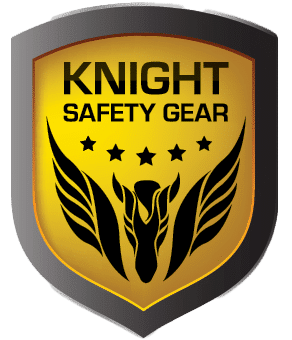Although there have been an abundance of advancements in glove technology, welding gloves have not evolved enormously, with many workers still using what looks like their grandfather’s welding gloves and calling them “classic welding gloves”. In this day and age, there’s no such thing as a classic glove because of the ever-evolving world of technology. Unlike most welders’ gloves on the market, Granberg have consistently worked towards ensuring that the quality of their leather remains of the finest, with other materials like Kevlar® stitching and Denim liners of the utmost importance in terms of the gloves performance. Unfortunately, most “classic welding gloves” don’t conform to the necessary standards (if any) and don’t provide the required protection. Granberg’s welding gloves meet and exceed all the relevant standards unlike most competitor gloves on the market.
An experienced welder will tell you that not all welding gloves are the same. Here are 4 steps to following before choosing your next welding glove:
- Identify the type of welding:
- Metal Insert Gas (MIG) Welding
MIG welding uses electricity to join metal by forming an arc. This style of welding means sparks go flying and hands are at risk
- Stick Welding
Like MIG welding, stick welding uses electricity and is popular in the construction industry. A stick welder can expect high heat and sparks.
- Tungsten Inert Gas (TIG) Welding
TIG welding is a highly technical style of welding which is extremely precise. This style of welding requires a lot of practice.
- Identify which material you will need for your application:
- Leather is the ideal material for welding because it is non-conductive and durable. There are many types of materials used, each with their own purpose:
- Goatskin: Offers great dexterity and abrasion resistance. It remains soft and flexible for comfort.
- Pigskin: Offers tough protection and good performance in wet and oily conditions.
- Cowhide: This is the most popular material used in welding gloves due to its durability and comfort.
- Stitching – while cotton and nylon threads will burn when they are hit with sparks and degrade under high temperatures, Kevlar® won’t. Always choose a glove that features Kevlar® stitching as it will improve the durability and seam strength of your welding gloves over time.
- Identify what level of dexterity is needed:
- Good dexterity is dependent on the task at hand. The ability to move your hand freely is important when welding but the level of dexterity needed depends on the type of welding. For MIG and stick welding, heat protection is more essential however for TIG welding, find motor skills are vital.
- Identify if cut hazards will be a risk:
- Many welding jobs involve serious cut risks such as handling metal with rough, sharp edges. If your application requires cut protection, you should choose a glove with a Kevlar® lining.
[ux_image id=”2320″]
[gap]
[row]
[col span=”6″ span__sm=”12″]
The Granberg® 106.1690K ticks all the boxes. Here’s why:
- Made from A-grade cow split leather
- Fully lined
- Kevlar® stitching
- Delivers better cost in use performance than any other glove on the market
- Almost always surpasses all other welding gloves on standards
- Suitable for: Varied welding in steel, aluminium and other metals, cutting, grinding, etc.
While the competition has been snoozing, Granberg® has been innovating – 105.3810
- EN 388:2016 Cut Level F
- Provides exceptional comfort and extreme cut and puncture resistance.
- Lasts 4-5 times longer than regular TIG gloves made from goatskin.
- Reinforcements sewn on to the palm and fingers for optimal grip.
- Increases the efficiency and the safety is far beyond anything currently seen in the welding business.
For more information contact our welding glove experts: enquiries@knightsafetygear.com

















